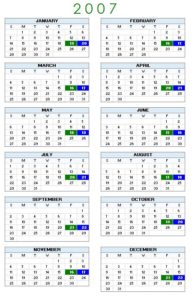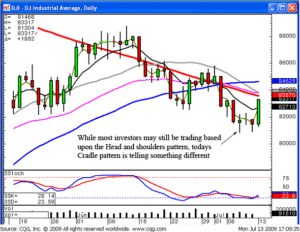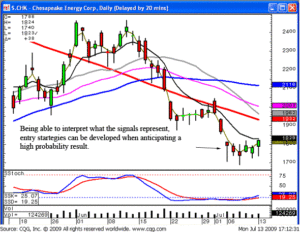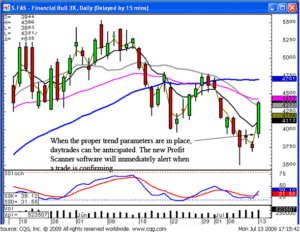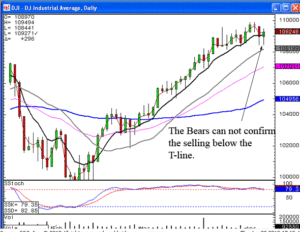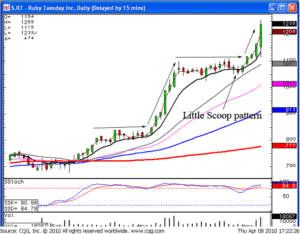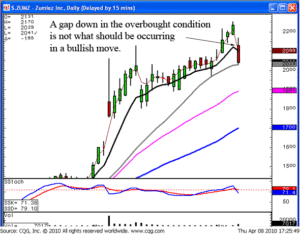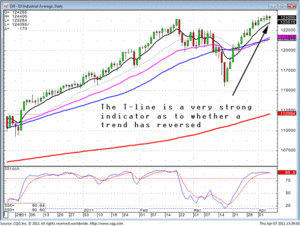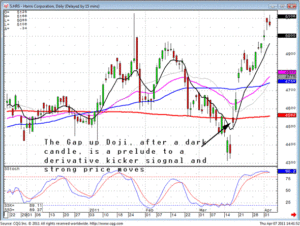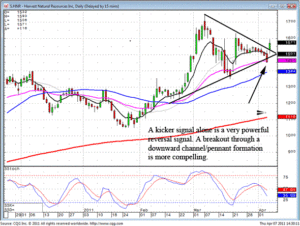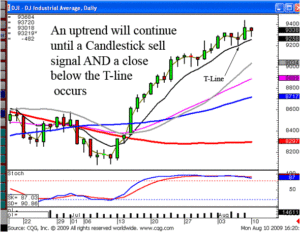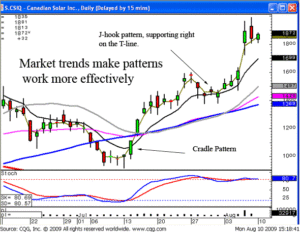When you are ready to buy stock, you want to be sure to select high dividend stocks to add to your stock portfolio. High dividend stocks produce a high yield that should make the stock worth buying. The dividend yield for a stock is the return that you would get over the next 12-months. A 5% yield will typically get the attention of investors and is calculated by dividing the expected 12-months dividends by the share price. Dividends are dependent upon the cash flow of a company and not related to a company’s reported earnings. Investors prefer high paying dividend stocks due to their stability. The stability of the high dividend stocks result directly from the company’s stability which can only be indicated by a company’s dividend payment and stock price history. Only those companies with a continuous record of steadily increasing dividends over the past twenty years or more should be considered when investing in high dividend paying stocks.
The very best high dividend stocks are those stocks that increase their dividends while you hold them. Stock screening is the best way to find these stocks and it involves the use of special programs that are available to investors on numerous financial websites. Stock screeners search the market for stocks that meet specific criteria. When finding those stocks that increase their dividends while you hold them it causes the yield to increase and the yield increase typically drives the share price higher. Of course, on the other hand, a dividend drop is not good and is not an indicator of high dividend stocks.
There are many reasons why you should choose high dividend stocks to build a strong portfolio. For on thing, they are less volatile. Investors are more willing to hold dividend stocks through a bear market since the companies actually pay out cash and these stocks do not fall as quickly as non-dividends stocks do. Again, they are more stable as they also do not tend to rise as fast either during bull markets. High dividend stocks are also simply outperforming non-dividends stocks. Statistics show that dividend payers have had an increase in stock prices in contract to those not paying dividends, who have actually suffered a loss in stock prices. Lastly, high dividend stocks get favorable tax treatment because they are not taxed as your ordinary income. Investors receive more income than they would through a money market account or a COD.
If you are interested in investing in high dividends stocks, please note that it is not a get-rich-quick method and requires extensive stock research. Most are however, expected to grow earnings between ten and fourteen percent annually over the next five years. You can expect that over time, high dividend stocks share prices will move up at about the same rate. Couple that with a price appreciation of two to five percent dividend yield and you are looking at a great annual income!
